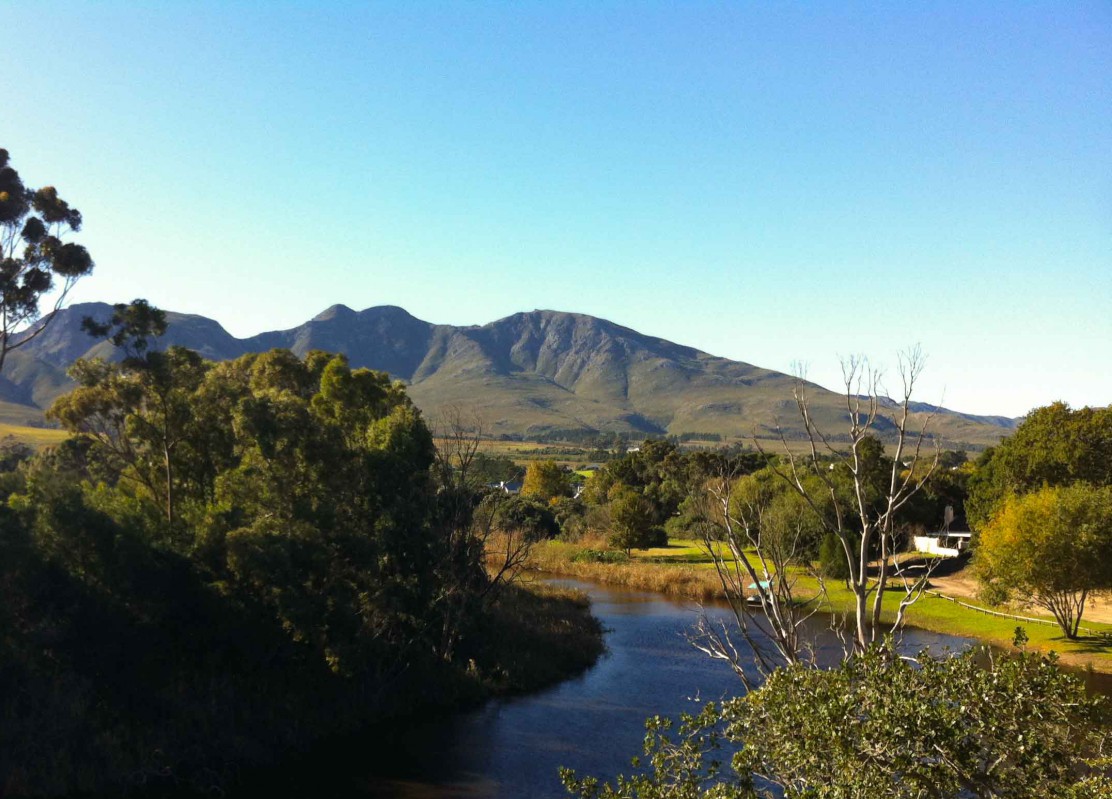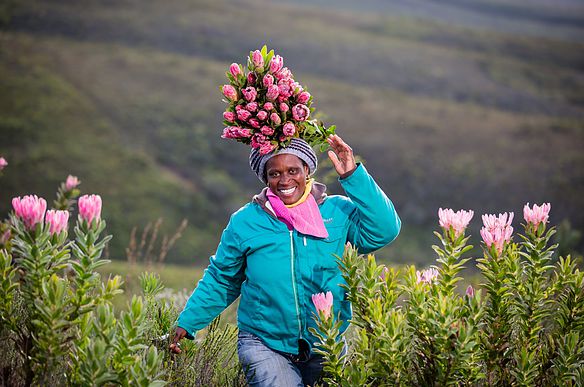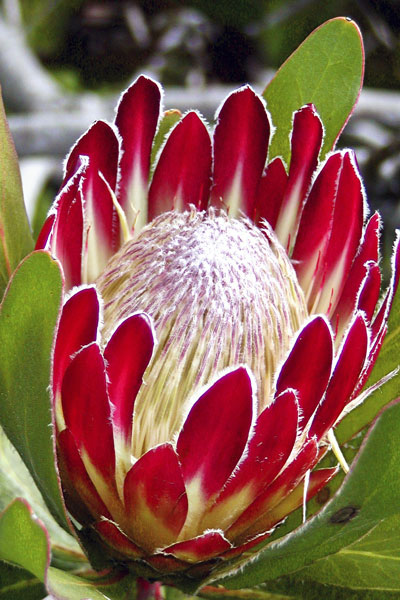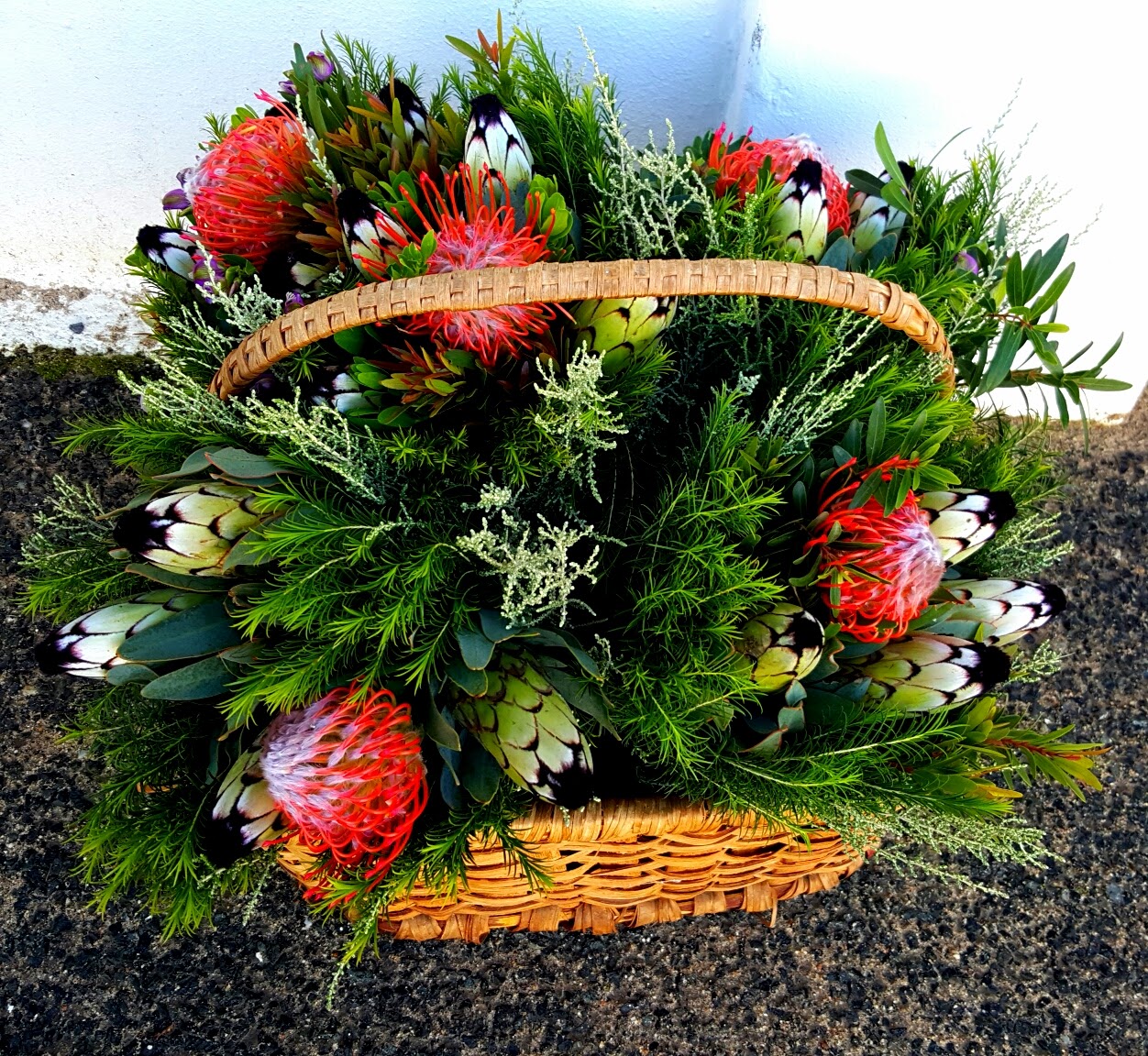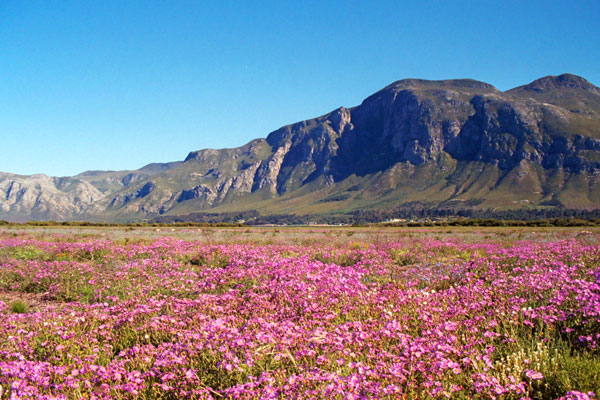Here in Stanford, we’re really quite proud of all the cool stuff our village and surrounds has to offer. You’ve heard us wax lyrical about our river, mountains, our wine, our wildlife, our heritage and just gush in general about Stanford’s natural beauty (not to mention its world-class accommodation, restaurants…).
So small wonder that here’s yet another part of Stanford I want to tell you about: The Cape Floral Kingdom.
Of the six floral kingdoms in the world, South Africa’s might be the smallest, but, as the old adage goes, it’s not the size that matters. You see … it’s also the only floral kingdom occurring entirely within one country.
The Cape Floral Kingdom is composed mostly of fynbos, a biome (that’s basically science talk for a really big family) that is endemic to the region. It is these particular plants that give the region its impressive biodiversity bragging rights, as well being interesting in their own right.
Fynbos species are pretty unique in their reproductive and fire-adaptive strategies, making the Cape Floral Kingdom incredibly valuable to science. Many fynbos plants contain oils and resins that make them extremely flammable, and fires are undoubtedly important natural factors in the evolution and maintenance of fynbos vegetation. Many fynbos species can resprout after a fire, while others depend on fire for a chance to flower and set seed.
I came across an article in the Splash Magazine highlighting facts about different types of fynbos. Strictly speaking not all the plants mentioned are fynbos, but you will find them growing in the fynbos region of the Western Cape. They were included in the broader appreciation of fynbos. Just too highlight a few…
*The term fynbos (or fynbosch), recorded in the Tsitsikamma area by John Noble in 1868, was first formally used only in the early 20th century, when ecologist John Bews cited it as “applied by the inhabitants of the Cape to any sort of small woodland growth that does not include timber trees.”
*The Harold Porter National Botanical Garden in Betty’s Bay is unique – in that it encompasses a complete river system, from its start in the mountains to its mouth at sea level.
*Artemisia afra (Wilde-als) is one of the most well-known indigenous medicinal plants used in South Africa. It is primarily the leaves that are used as a treatment for fevers, colds and chest problems. Nasal congestion and headaches is said to be alleviated successfully by placing rolled-up leaves into the nostrils or by inhaling the dried powdered form of the leaves.
*Buchu is great for hangovers. Although challenging to grow (plant it after first rains and you will have more luck) buchu attracts bees and butterflies to the garden, and is a natural insect repellent if rubbed on your skin or bedding. To deal with hangovers simply add a handful of the leaves to boiling water and drink as a tea.
*Eat the sour fig raw. The dried fruit often sold on the side of the road in Cape Town is great for sprawling quickly over undesirable banks and areas of the garden you want to cover. But you might not know that you can eat the fruit raw (bite off the bottom and suck out the syrup) and that drinking the leaf juice will help with indigestion, toothache, vaginal thrush and earache (although not necessarily in that order). It also helps subdue insect bites and bluebottle (man-of-war) stings.
*There are 23 different species of honeybush, only 9 of which are used for tea. Honeybush produces an exciting pea-shaped yellow flower in spring that is a feature for any garden. The plant grows quickly, needs pruning, and looks best when planted in groups at least one metre apart. To make a tea simmer the dried leaves and shoots for 20 minutes.
Incidentally, the Cape Floral Kingdom also happens to be strikingly beautiful. So even if all this information means nothing to you, you really need to get yourself out and into the fynbos to see what we mean. Conveniently (isn’t nature ever so accommodating?) you can see and walk in the Cape Floral Kingdom in Stanford and its surrounds.
Comes to no surprise that even early visitors to the Cape was also overwhelmed by the diversity and beauty of our local flora. Lady Ann Barnard, wife of the Secretary to the First British Administration, notes in her diary entry for 10 October 1799
“…I was more than ever confirmed in the opinion that a botanist here must live a
year or two in the country…for he must be in many places at once as the plains, the
marshy or dry soils, the tops of the mountains or the gullies all produce very
different flowers from each other in the same season”.
Toodles
#visitstanford #thinkstanford #tourismforall #fynbos #capefloralkingdom #capewhalecoast
